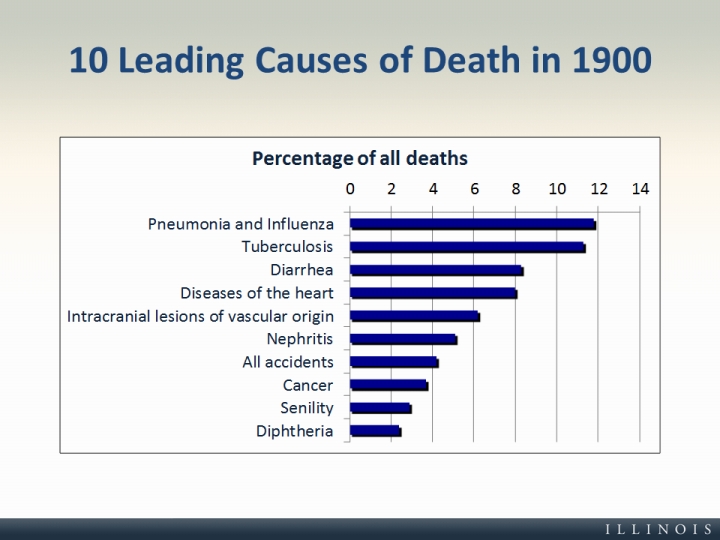#1 Overcrowded breeding grounds for disease – cholera, typhoid and tuberculosis (leading cause of death in US unit 1909) - Chapter 25 Pageant Quotes
V
#2 1890 - Population density on Manhattan 900 people per acre; in Chicago 3 of 5 babies die before 1
#3 Unsafe atmosphere characterized Immigrant life: Overcrowding, pollution, illness, prostitution and “white slavery” (becoming more visible)
#4 Gangs and crime rates soared, suicide rates and alcoholism rose
(all Perceived as a social menace and disorders – a threat to middle class values)

#5 1879 - James E. Ware’s Dumbbell tenement housing for the poor – 25 x 100
holds 30 4 room apartments housing 4-16 families per floor with 2 shared bathrooms per floor and an air shaft (contributed to the spread of fire) for ventilation; Ethnic neighborhoods exploited by landlords
"Worst of all were the human pigsties known as slums. They seemed to grow ever more crowded, more filthy, and more rat-infested, especially after the perfection in 1879 of the “dumbbell’’ tenement. So named because of the outline of its floor plan, the dumbbell was usually seven or eight stories high, with shallow, sunless, and ill-smelling air shafts providing minimal ventilation" American Pageant, page 559

Saloon= escape from misery
Settlement Houses offer alternatives
#6 Cities struggled to keep up with water and sewage facilities and Factories belched pollutants into the air


"Albany had just opened a water filtration plant, a prized necessity in order to stem the tide of disease of the day, including tuberculosis and typhoid. But the tide would bring more. Raw sewage was still being dumped into areas were waterways, as sewer systems were mostly non-existent and most building s housed a series of “privies.” And the streets themselves were fetid reservoirs of disease. Tons of horse droppings littered the streets. People thought the horseless carriages – the automobile – would solve the problem of pollution when the first vehicle rolled into town around 1900."
Comments (0)
You don't have permission to comment on this page.